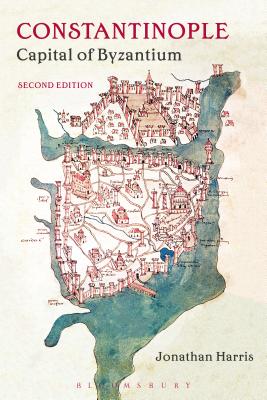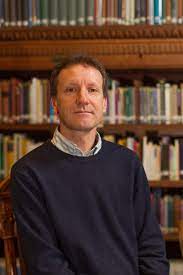

 Bloomsbury Academic
Bloomsbury Academic
Constantinople: Capital of Byzantium


Key Metrics
- Jonathan Harris
- Bloomsbury Academic
- Hardcover
- 9781474254656
- 9.1 X 6.1 X 0.7 inches
- 1.05 pounds
- History > Byzantine Empire
- English
 Secure Transaction
Secure TransactionBook Description
Jonathan Harris' new edition of the CHOICE Outstanding Academic Title, Constantinople, provides an updated and extended introduction to the history of Byzantium and its capital city. Accessible and engaging, the book breaks new ground by exploring Constantinople's mystical dimensions and examining the relationship between the spiritual and political in the city.
This second edition includes a range of new material, such as:
* Historiographical updates reflecting recently published work in the field
* Detailed coverage of archaeological developments relating to Byzantine Constantinople
* Extra chapters on the 14th century and social 'outsiders' in the city
* More on the city as a centre of learning; the development of Galata/Pera; charitable hospitals; religious processions and festivals; the lives of ordinary people; and the Crusades
* Source translation textboxes, new maps and images, a timeline and a list of emperors
It is an important volume for anyone wanting to know more about the history of the Byzantine Empire.
Author Bio
I teach Medieval History and offer a first-year introductory course in the topic called ‘Rome to Renaissance’. My research and second and third-year teaching focus on Byzantium (or the Byzantine empire). Effectively that means Eastern Europe in the period 602-1453 CE and the now vanished Christian state centred on the city of Constantinople (modern Istanbul). Byzantium is not well-known in this country but it is the origin of the Orthodox Christian culture of Russia, Greece and other eastern European countries.
I have always been interested in how Byzantium interacted with the world around it, both with its Christian neighbours to the west and Muslim ones to the east. I wrote my PhD on the refugees who left Constantinople when the city fell to the Ottoman Turks in 1453, the moment when Byzantium came to an end. Many of them headed west to Italy, France and even, in a few cases, to England. Later I became interested in the enigma of the Crusades. The First Crusade was launched by the Pope in 1095, partly with a view to helping the Byzantine emperor against the Seljuk Turks. Yet just over one hundred years later, the Fourth Crusade captured and sacked the Byzantine capital of Constantinople. I explored this paradox in Byzantium and the Crusades, which is now in its second edition.
The work of mine that has probably had the most impact is The Lost World of Byzantium. Published in 2015, it has since been translated into Chinese, Greek, Japanese, Romanian and Russian. It aims to be an accessible (and hopefully entertaining) first taste of this mysterious yet fascinating society. My latest publication is a textbook for university students: Introduction to Byzantium, 602–1453.
Source: Royal Holloway University of London
Videos
No Videos
Community reviews
Write a ReviewNo Community reviews